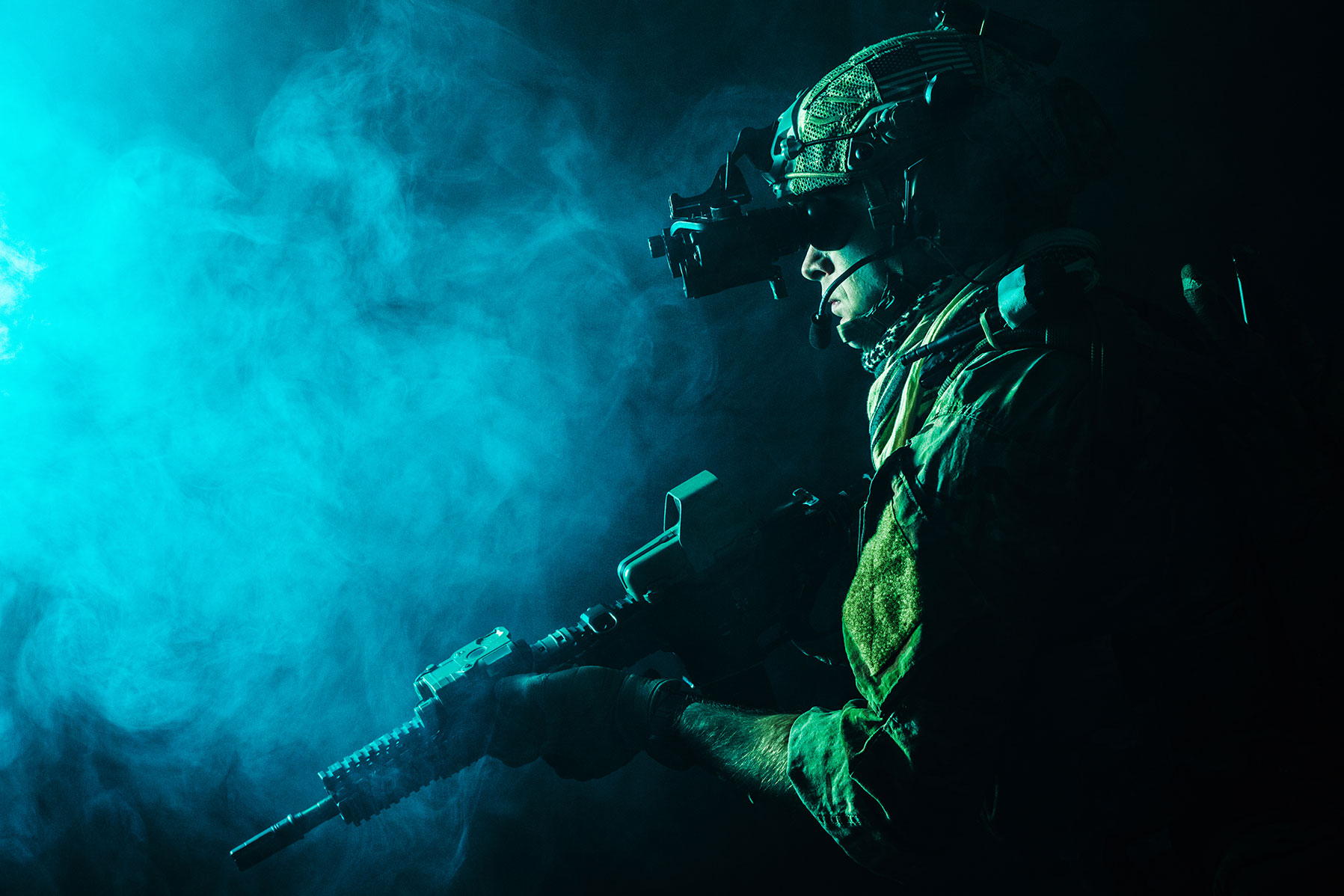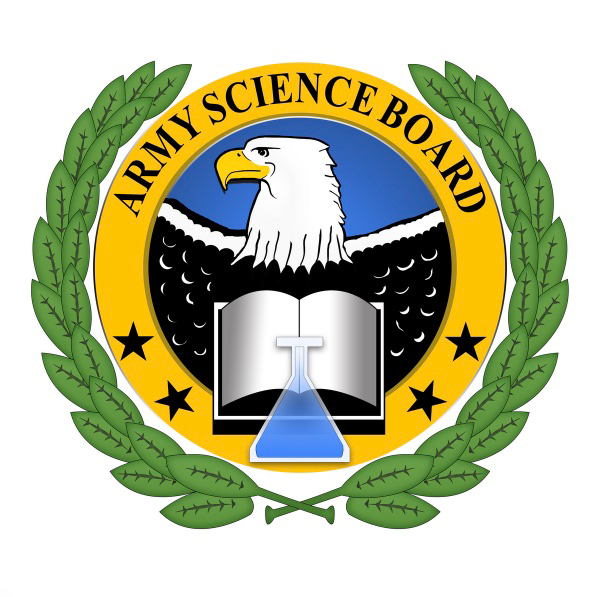Client: Dr. Francis Harvey, SecArmy
Organization: Office of the Secretary of the Army
Program: Affordable Soldier Radio Feasibility Study; predecessor to the Rifleman Radio project
Role: Study team
CBX assembled a commercial team from outside the organic supply chain including firms located in the US, UK, Sweden, Italy, and India. This team based its design on a TRADOC-approved use case and modeling of the systems as performed by a Swedish firm that modeled use cases for NATO.
The key silicon components were based on a design provided by Texas Instruments in Dallas and the design expertise for this dual band radio was provided by an Indian firm that at the time designed 80% of all cellular handsets.
The resulting bill of materials was $277, yielding a fully burdened cost of $1,000.
This study demonstrated that a COTS-centric approach could save the Army nearly $18 billion in procurement costs over the life of the program. This research project stimulated seven other projects to reproduce the findings and the result was the fielding of what is now known as the Rifleman Radio.






